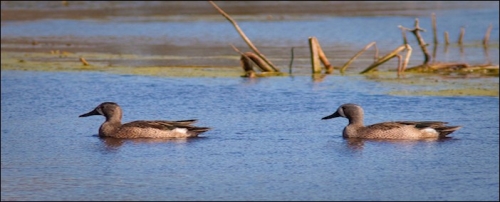In this chapter, we are going to learn about content-aware image resizing, which is also known as seam carving. We will discuss how to detect "interesting" parts in an image and how to use that information to resize a given image without deteriorating those interesting parts.
By the end of this chapter, you will know:
What is content awareness
How to quantify "interesting" parts in an image
How to use dynamic programming for image content analysis
How to increase and decrease the width of an image without deteriorating the interesting regions while keeping the height constant
How to make an object disappear from an image








